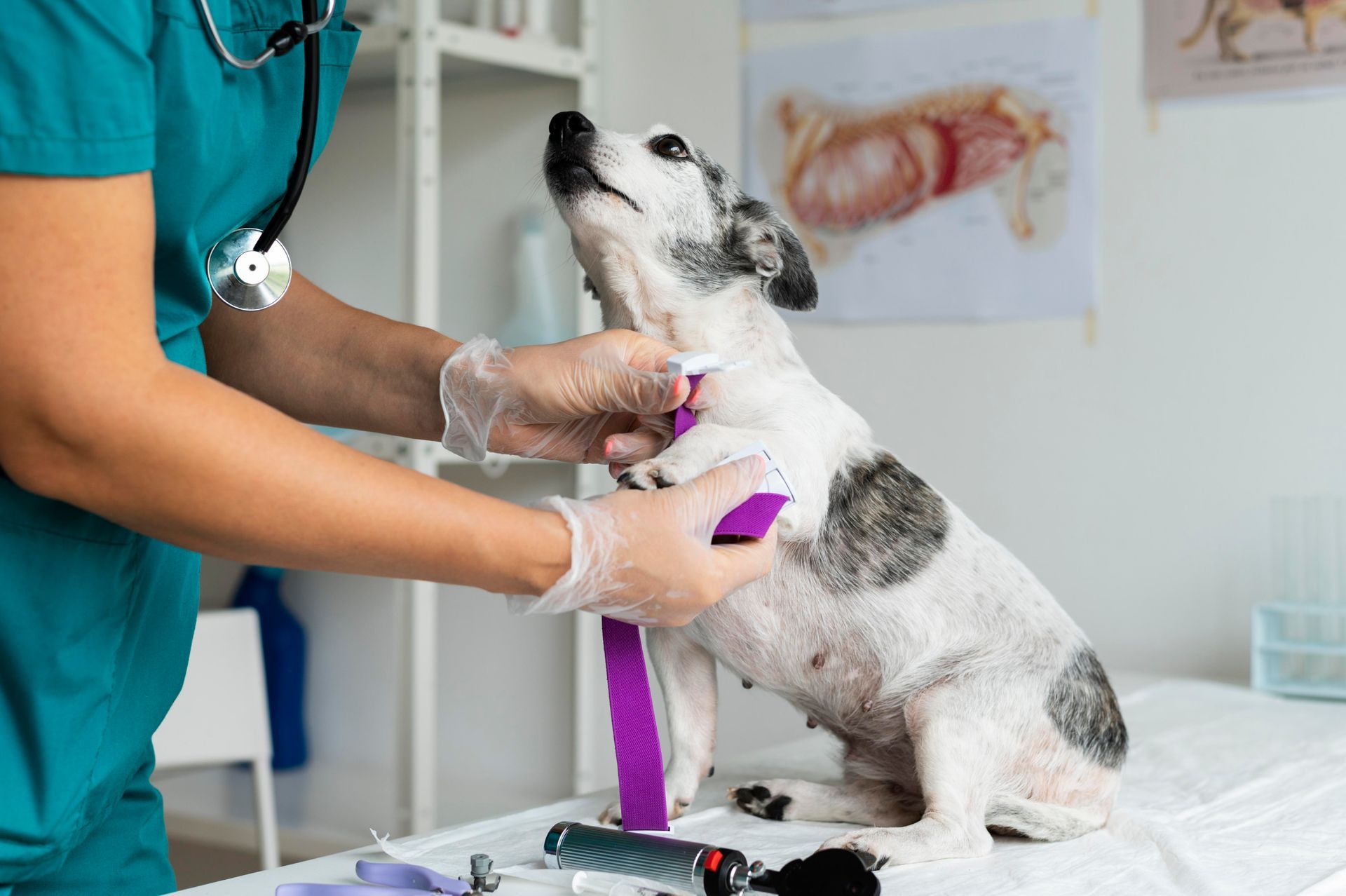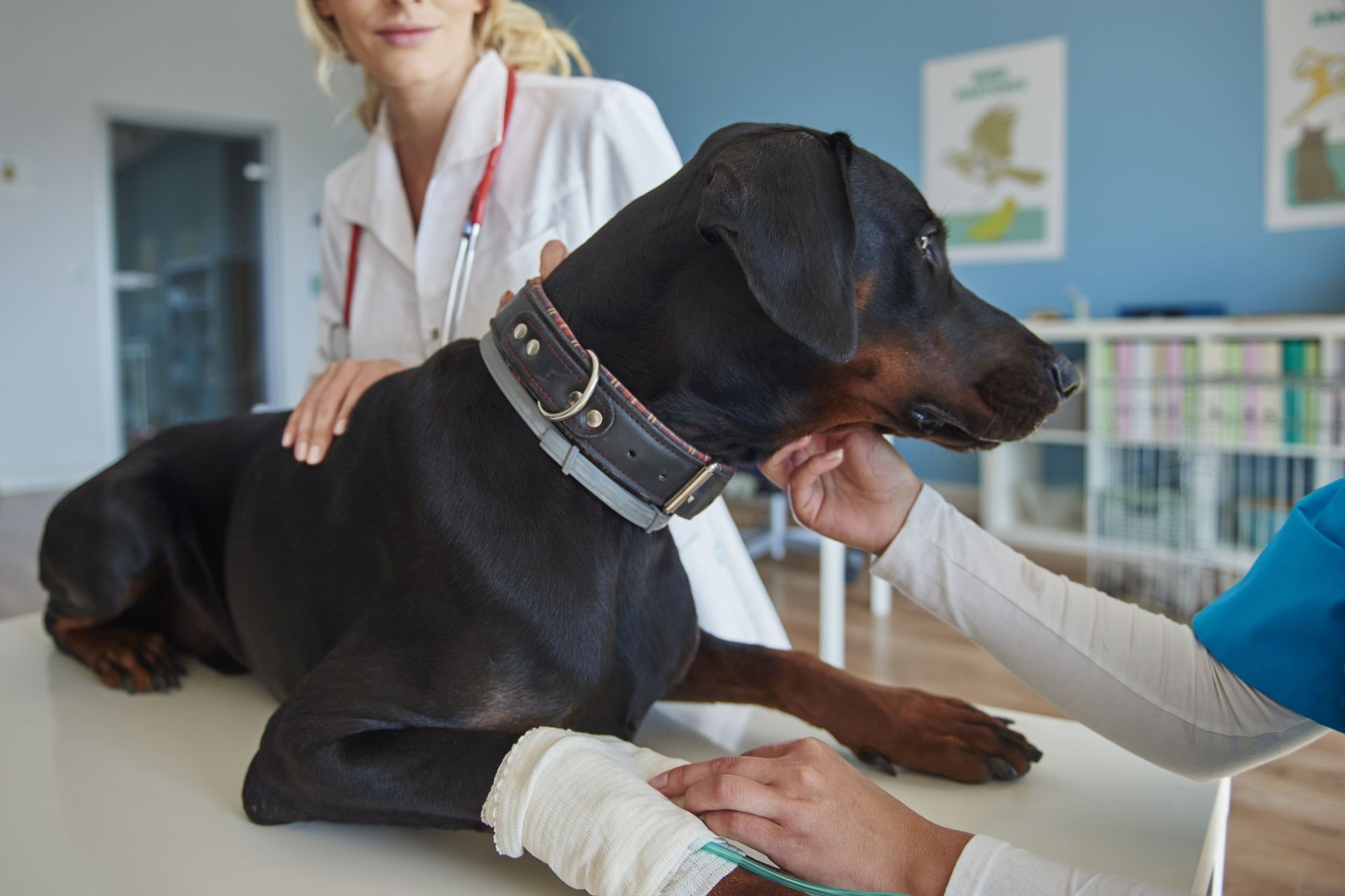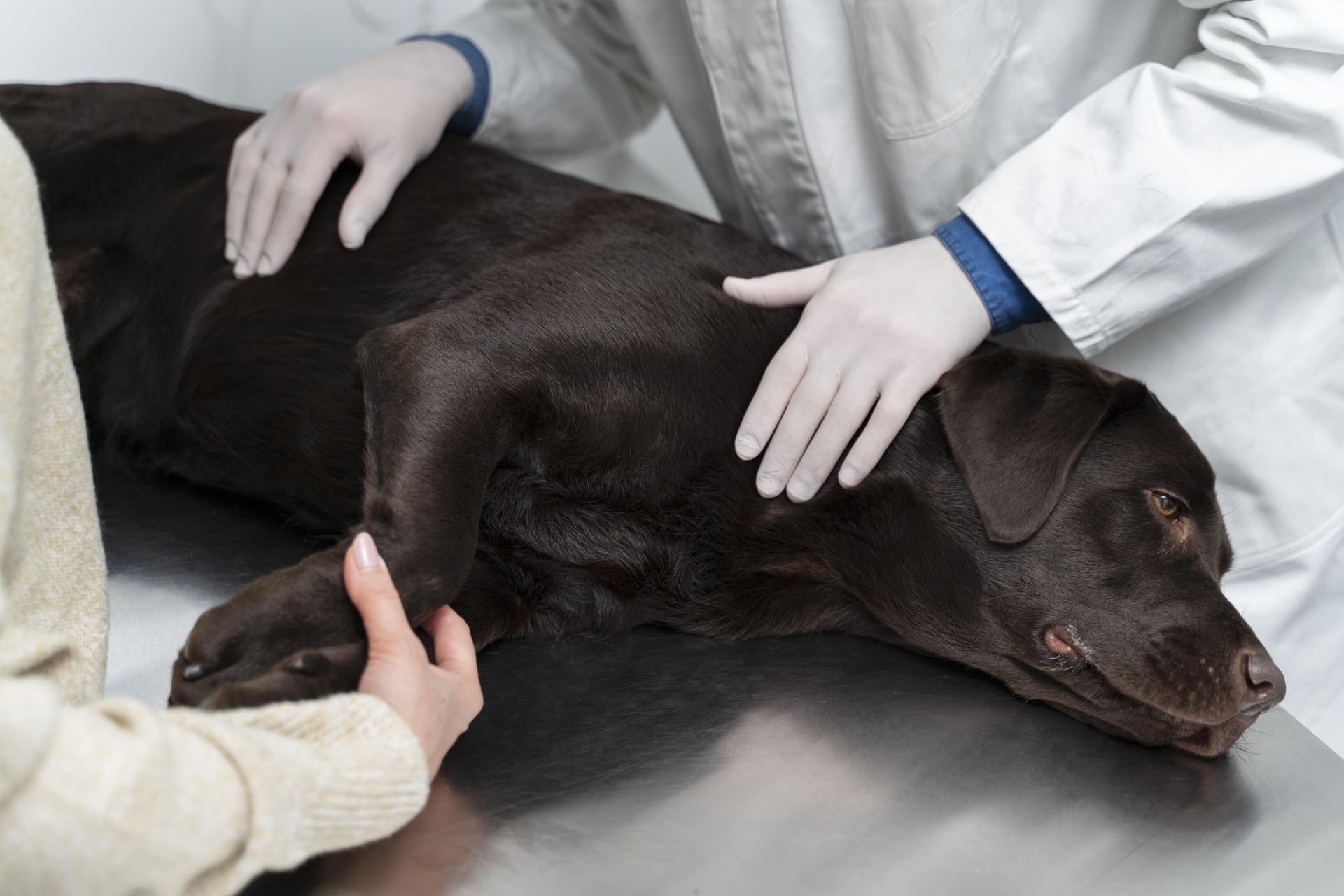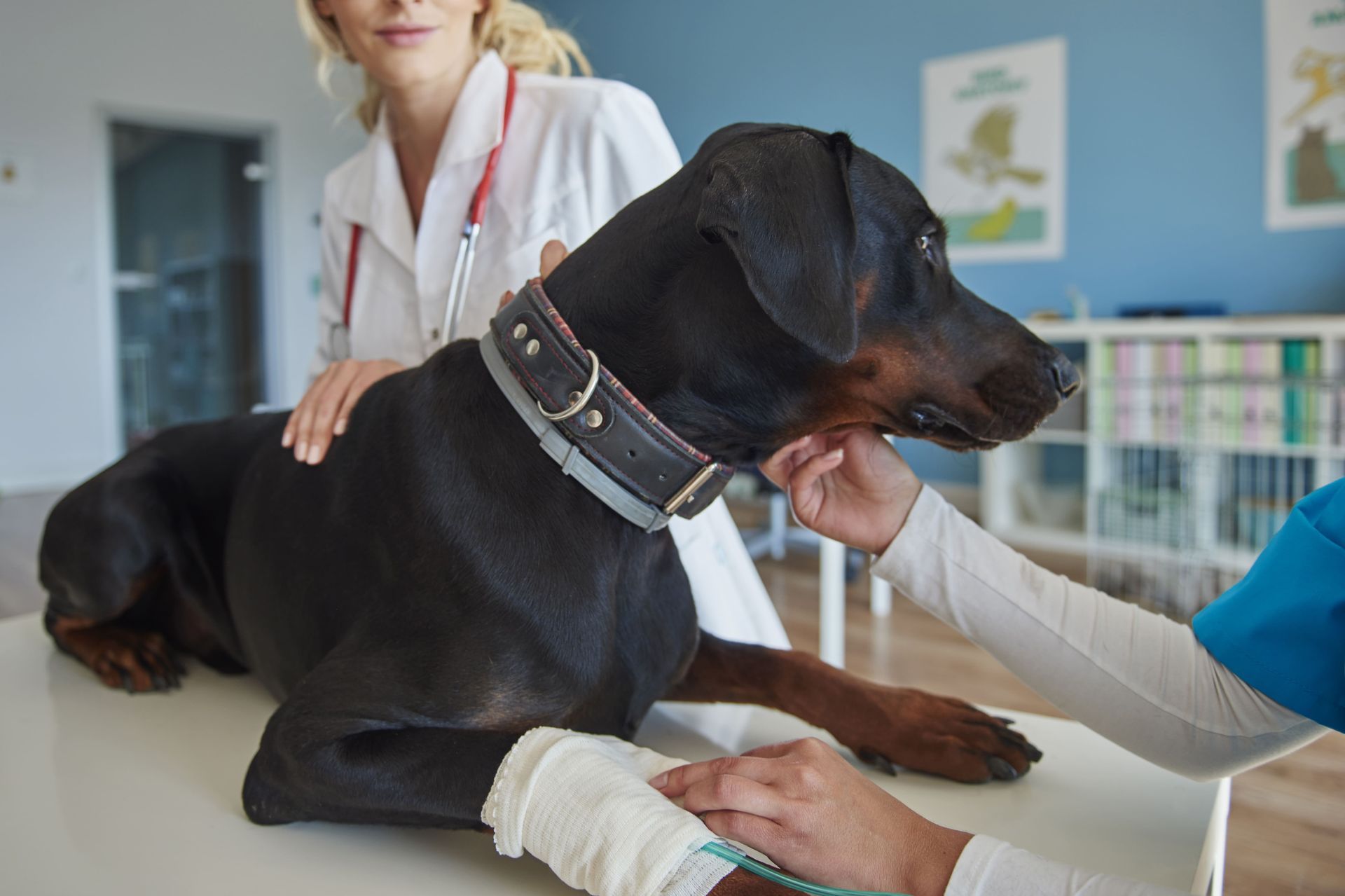Contact Info
133 Lincoln Avenue, Fair Lawn, New Jersey 07410, US
973-427-0990
133 Lincoln Ave, Fair Lawn, NJ 07410
Call Us Now: (973) 427-0990
133 Lincoln Ave, Fair Lawn, NJ 07410
Call Us Now: 973-427-0990
As pet parents, we go to great lengths to ensure our furry companions live long, healthy, and joy-filled lives. From daily walks to regular check-ups, every small effort counts. But what if we could see beneath the surface, literally, and catch potential health issues before they become visible? That’s where pet ultrasound steps in as one of modern veterinary medicine’s most remarkable tools.
Gone are the days when internal health issues could only be uncovered after symptoms appeared or through invasive procedures. Today, pet ultrasound offers a safe, painless, and highly effective way to peek inside your pet’s body and detect problems early on. Whether it’s identifying a hidden tumor, spotting fluid buildup, or monitoring a chronic condition, this technology is transforming preventive pet care. In this blog, we’ll explore how pet ultrasound is revolutionizing early disease detection, empowering both veterinarians and pet owners to make timely, life-enhancing decisions.
Understanding Pet Ultrasound: A Brief Overview
Pet ultrasound is a non-invasive imaging technique that uses sound waves to produce images of the structures inside a pet's body. This technology helps veterinarians diagnose a variety of conditions without the need for surgery or radiation exposure. Utilizing a complete abdominal ultrasound examination, veterinarians can obtain dynamic images of a pet’s internal organs, offering a real-time glimpse into what might be ailing the animal.
Unlike X-rays, which capture dense structures like bones, a pet ultrasound paints a detailed picture of soft tissue, which is crucial for diagnosing abdominal, cardiac, and other systemic issues. This technology is adaptable, used both in emergent situations to locate obstructions or injuries and for ongoing health monitoring to uncover early signs of diseases. Think of it as a "sonar" for your pet's health, scanning through the surface to see what lies beneath, quietly and painlessly.
The Advantages of Ultrasound in Veterinary Medicine
Pet ultrasound is a game-changer in diagnostics, offering fast, non-invasive, and repeatable insights. It empowers veterinarians and pet owners to make quicker, more accurate decisions, especially in cases where time and subtle symptoms matter most.
● Immediate Results
Pet ultrasound provides real-time imaging, allowing for faster diagnosis and quicker initiation of treatment.
● Non-Invasive and Safe
It doesn’t involve radiation, making it safe for repeat use, ideal for monitoring chronic or progressive conditions.
● Pre-Symptomatic Detection
Wellness and pre-anesthetic screenings using ultrasound often reveal underlying issues before any visible symptoms appear.
● Ideal for Subtle Symptoms
Particularly useful when pets seem healthy outwardly but may be developing hidden internal problems.
● Prevention-Focused
In clinically normal older pets, ultrasounds can detect minor irregularities before they escalate, aiding in proactive healthcare.
● Peace of Mind
Each scan brings clarity, offering pet parents valuable information about their pet’s internal health.
Early Disease Detection: How Ultrasound Shifts the Paradigm
Pet ultrasound allows vets to catch conditions early, sometimes long before symptoms emerge, giving pets a better chance at recovery and long-term health. This early intervention is often the difference between a manageable issue and a life-threatening one.
● Detects Serious Issues Early
Catches tumors, internal injuries, and organ abnormalities while they’re still in the early, treatable stages.
● Leads to Effective Treatment Plans
Early diagnosis gives veterinarians more time and options for creating tailored treatment approaches.
● Prolongs and Enhances Life
Managing conditions early can improve quality of life and extend your pet’s lifespan.
● Uncovers Silent Ailments
Useful in detecting diseases that may otherwise remain hidden until they become severe.
● Monitors Chronic Conditions
Ultrasound isn't just for diagnosis; it also helps track treatment progress in ongoing health issues.
● Supports Dynamic Veterinary Care
Encourages a proactive, rather than reactive, healthcare model, improving both outcomes and confidence in care.
Common Conditions Diagnosed Through Pet Ultrasound
Pet ultrasound provides clarity when physical exams fall short. It is essential in diagnosing a wide range of internal conditions and helps veterinarians understand what’s truly going on beneath the surface.
● Heart Conditions
Evaluates heart murmurs and abnormalities in cardiac function, helping guide cardiology care.
● Abdominal Disorders
Identifies liver issues, gastrointestinal problems, kidney disease, and more.
● Reproductive Issues
Assists in detecting pregnancy, reproductive system abnormalities, or complications.
● Organ Abnormalities
Reveals the size, shape, and structure of internal organs, flagging anything unusual.
● Fluid Accumulation
Helps locate and assess abnormal fluid build-up, a potential sign of infection or organ failure.
● Subtle or Hidden Changes
Picks up renal or gastric changes that can go unnoticed in conventional diagnostic methods.
Considering Ultrasound for Your Pet: Things to Keep in Mind
While pet ultrasound is a powerful diagnostic tool, it’s essential to consult with a veterinarian to understand if it's the right choice for your pet’s specific health needs. Factors to consider include your pet’s medical history and the expertise of the veterinary staff. Our veterinary services offer comprehensive insights into all diagnostic paths available, ensuring a tailored approach suited to each pet's needs.
In choosing a pet ultrasound, you’re opting for a method that offers minimal stress to your pet, with no downtime or recovery period needed post-examination. Furthermore, understanding the pros and technical nuances of ultrasound, derived through partnering with informed veterinarians, ensures a collaborative and comprehensive approach to your pet’s wellness. Think of ultrasound as your pet's wellness detective, quietly working behind the scenes to spot trouble before it strikes.
Conclusion: Investing in Your Pet’s Future Health
Pet ultrasound is more than just a diagnostic tool; it’s a compassionate and intelligent approach to modern veterinary care. With the ability to detect hidden illnesses, monitor chronic conditions, and provide fast, reliable answers, it gives pet owners a proactive way to protect their animals' health.
By integrating pet ultrasound into routine veterinary checkups or using it in specific diagnostic situations, you empower your veterinarian to uncover potential health issues early, often long before they escalate. This not only improves the effectiveness of treatments but also contributes to a better quality of life for your beloved pet.
In a world where pets are family, using every available tool to keep them healthy isn’t just an option, it’s an act of love.
Frequently Asked Questions (FAQs)
Q-1. What is a pet ultrasound used for?
Ans: A Pet ultrasound is used to visualize internal organs and detect abnormalities such as tumors, fluid buildup, and organ dysfunction in pets. It’s a safe and non-invasive way to diagnose and monitor health conditions.
Q-2. Is a pet ultrasound safe for my pet?
Ans: Yes. Ultrasound uses sound waves, not radiation, making it a safe diagnostic option. It causes no pain and does not require recovery time.
Q-3. How long does a pet ultrasound take?
Ans: A typical ultrasound procedure takes about 20 to 60 minutes, depending on the area being examined and the complexity of the condition.
Q-4. When should I consider a pet ultrasound for my animal?
Ans: If your pet shows signs of unexplained illness, abdominal discomfort, weight loss, or heart issues, or even during routine wellness checks in older pets, an ultrasound can provide valuable diagnostic insights.

The Lincoln Avenue Cat & Dog Hospital was founded in 1984, quickly emerging as a regional leader in treating felines exclusively.
Quick Links
Contact Info
133 Lincoln Avenue, Fair Lawn, New Jersey 07410, US
973-427-0990

Quick Links
Contact Info
133 Lincoln Avenue, Fair Lawn, New Jersey 07410, US
(973) 427-0990
Fax: (973) 427-0990
© 2025
All Rights Reserved | Lincoln Ave Cat & Dog Hospital
New Paragraph
PAYMENT POLICY
Please note that there is a 3.5% processing fee applied to all credit card payments. If you wish to not incur this fee we will accept a debit card or cash. We apologize for any inconvenience.








